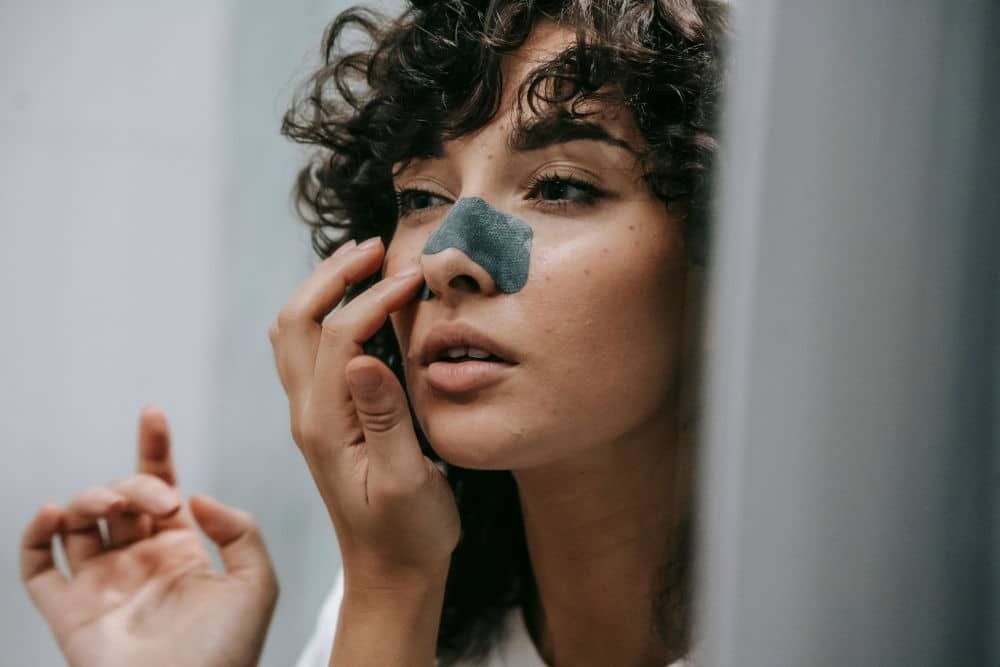
Kenneth* began therapy after experiencing anxiety and sadness for a number of months. It emerged quite quickly during our sessions, however, that Kenneth was highly preoccupied with his physique, mainly what he saw as abnormally wide hips and narrow shoulders, for a man. Although friends and family reassured him that his body looked very ‘normal’, a view I was able to confirm, such thoughts began to take over his life. Kenneth attended the gym regularly to attempt to broaden his shoulders and was careful not to wear trousers which may accentuate his hips. He’d spend hours in front of the mirror analysing changes to his body shape, carefully measuring the width of his hips and shoulders daily. Kenneth was referred soon to a psychiatrist who confirmed that he had Body Dysmorphia.
Body Dysmorphia is an anxiety disorder involving the belief that a certain body part or physical attribute is defective or ‘wrong’. Although such preoccupation if often something minor or invisible to others, persons with Body Dysmorphia may experience such intense distress over the perceived flaw that it impacts every aspect of their life. The most common areas of the body that people with BD focus on are the face, hair, chest and stomach, with many sufferers focused on more than one body part. Whilst women tend to be more focused on their weight, skin and hips, men with Body Dysmorphia most typically focus on their build, genitals and hair thinning/loss. Men and women are equally affected, and it’s believed that 2.4% of adults in the US struggle with the condition.
Some of the main symptoms of Body Dysmorphia are listed below:
- Comparing oneself to others
- Excessive exercise, dieting or grooming
- Hiding of body parts
- Avoiding mirrors
- Constantly looking in the mirror
- Suicidal thoughts
- Isolation
- Validation and reassurance seeking
- Having plastic surgery
- Skin picking
- Feeling sad, anxious and depressed
Body Dysmorphia is believed to develop from a combination of biological, psychological and environmental factors, and normally begins in adolescence, with the average age of onset being 12 or 13 years of age. In terms of its development, someone with a genetic predisposition may develop Body Dysmorphia due to the stress of adolescence or abuse/bullying in childhood. Similarly, low self-esteem and social pressure growing up may cause someone to see oneself as less attractive, or ugly, and over time develop obsessive thoughts and behaviours around such a belief.
It’s believed that growing up in a dysfunctional environment, where a child experiences abuse, bullying or excessive teasing, may be a precursor for Body Dysmorphia, since such experiences often lead to low self-esteem and difficulty accepting oneself. The increased reliance on social media for socialising and communicating amongst children and teenagers has made comparing oneself to others significantly easier and has been linked with reduced self-esteem.

Treatment for Body Dysmorphia
It’s important to note that Body Dysmorphia is a treatable condition and is most commonly treated through a combination of medication and Cognitive Behavioural Therapy (CBT). Psychotherapy can also be useful to work through early childhood experiences and trauma which may be associated with the onset of the condition. In order to be diagnosed with Body Dysmorphia, anyone suspecting they may have the condition needs to see a psychiatrist, who would also be able to prescribe medication. Medication can help to reduce symptoms associated with the condition, helping you to manage negative thoughts and repetitive behaviours.
Alongside medication, CBT is an important treatment option, so as to help persons experiencing Body Dysmorphia to challenge negative, unhelpful thoughts, understand one’s triggers and learn new and healthier ways of thinking and behaving. This may also include slowly learning to tolerate distress when exposing one’s perceived ‘flaws’ and reducing the performing of rituals which relate to concerns around one’s appearance. For instance, if someone routinely wears particular clothing to hide a perceived flaw, they may be slowly encouraged to go out wearing clothing which is less concealing. The associated distress may incrementally reduce with repeated exposure.
It’s believed that about 15% of people seeking plastic surgery for non-medical interventions suffer from Body Dysmorphia. However, since Body Dysmorphia is a body image issue, when the condition is severe, cosmetic surgery does very little to ease body dissatisfaction and produce positive results. According to Dr David Veale, an expert in Body Dysmorphia, fewer than 10% of people suffering from Body Dysmorphia who undergo cosmetic surgery are happy with the results. These 10% are most commonly those people with rather mild cases of Body Dysmorphia. For more severe cases, post-surgery, body-related anxieties are then transferred to another aspect of their appearance. A rather extreme example of this is former glamour model, Alicia Douvall, who underwent over 300 procedures, only to discover later that she had undiagnosed Body Dysmorphia.
If anyone reading this article is concerned that they, or someone they care about, may be suffering from Body Dysmorphia, it would be wise to seek the advice of a mental health professional. A diagnosis would need to be obtained by seeing a psychiatrist who may then recommend further treatment from a psychotherapist, CBT therapist or psychologist.
*Client name changed due to confidentiality




